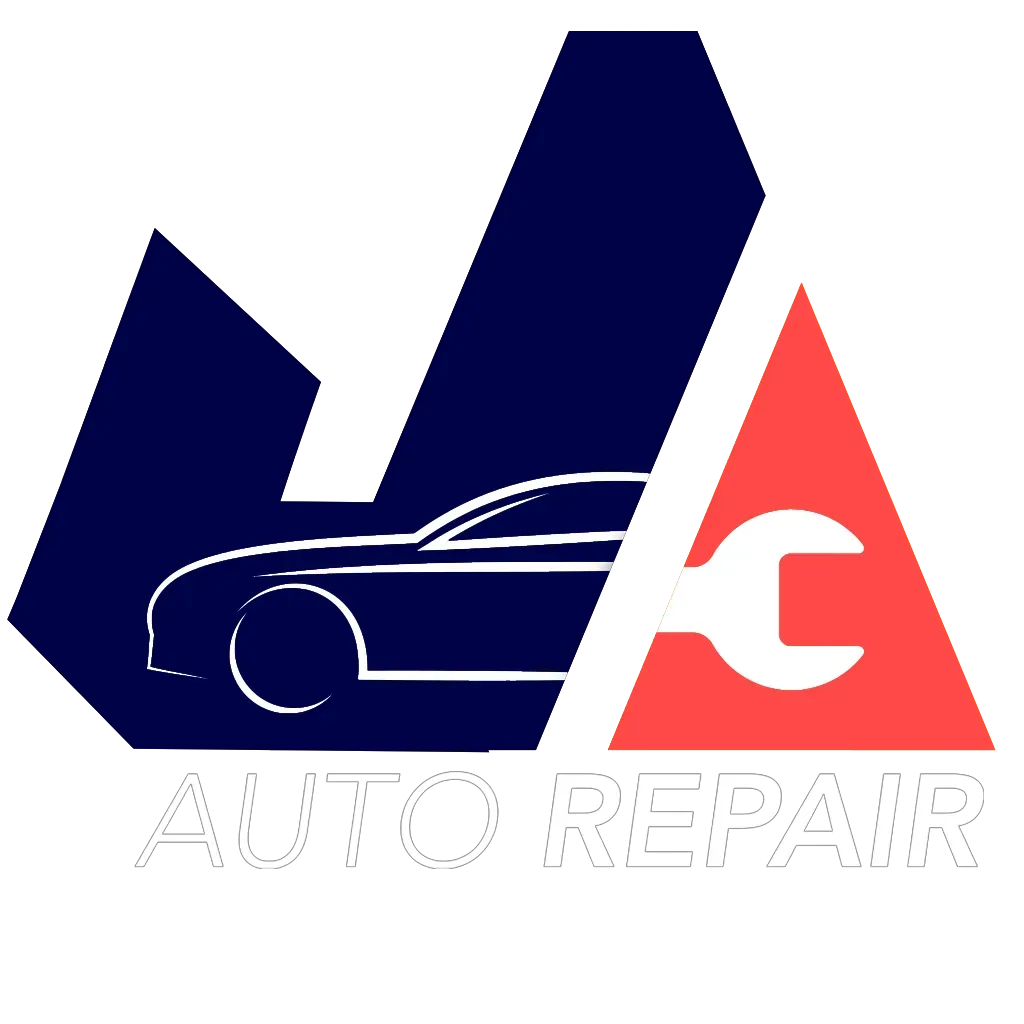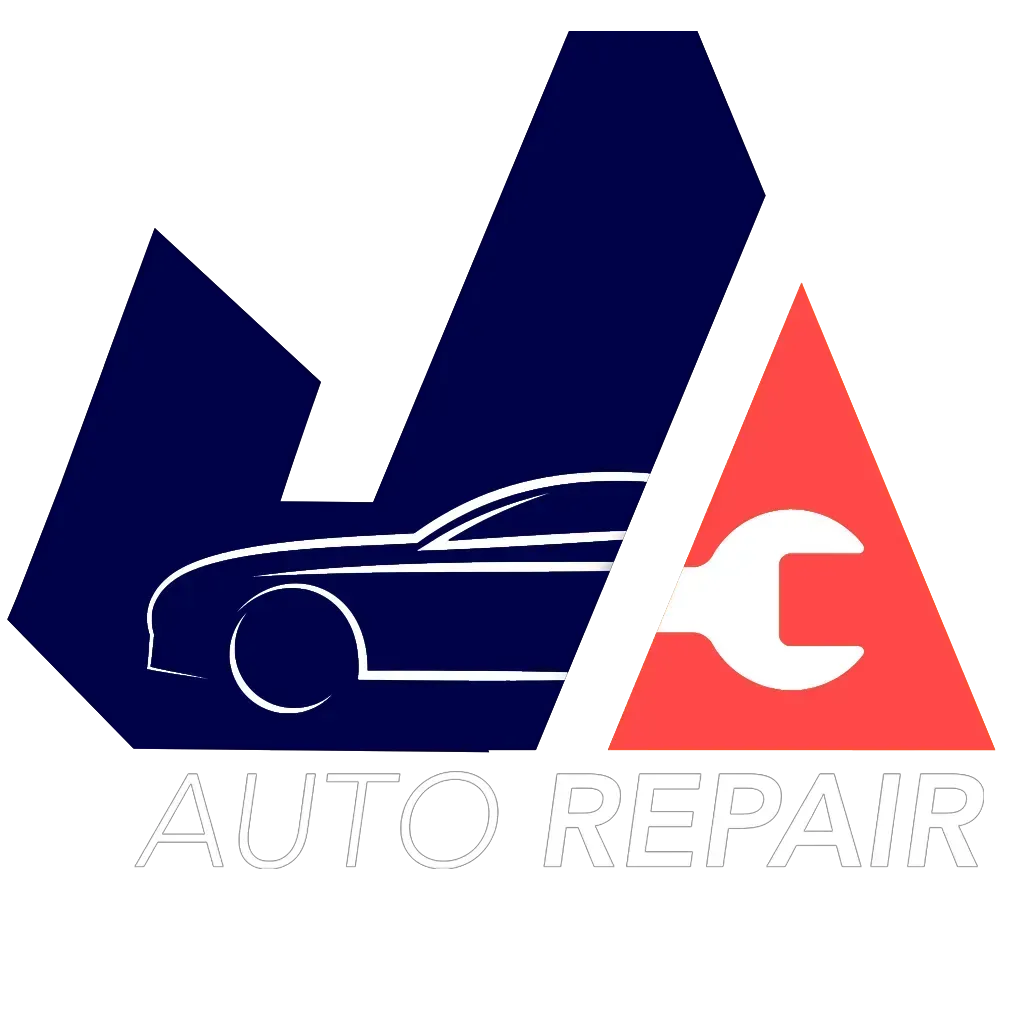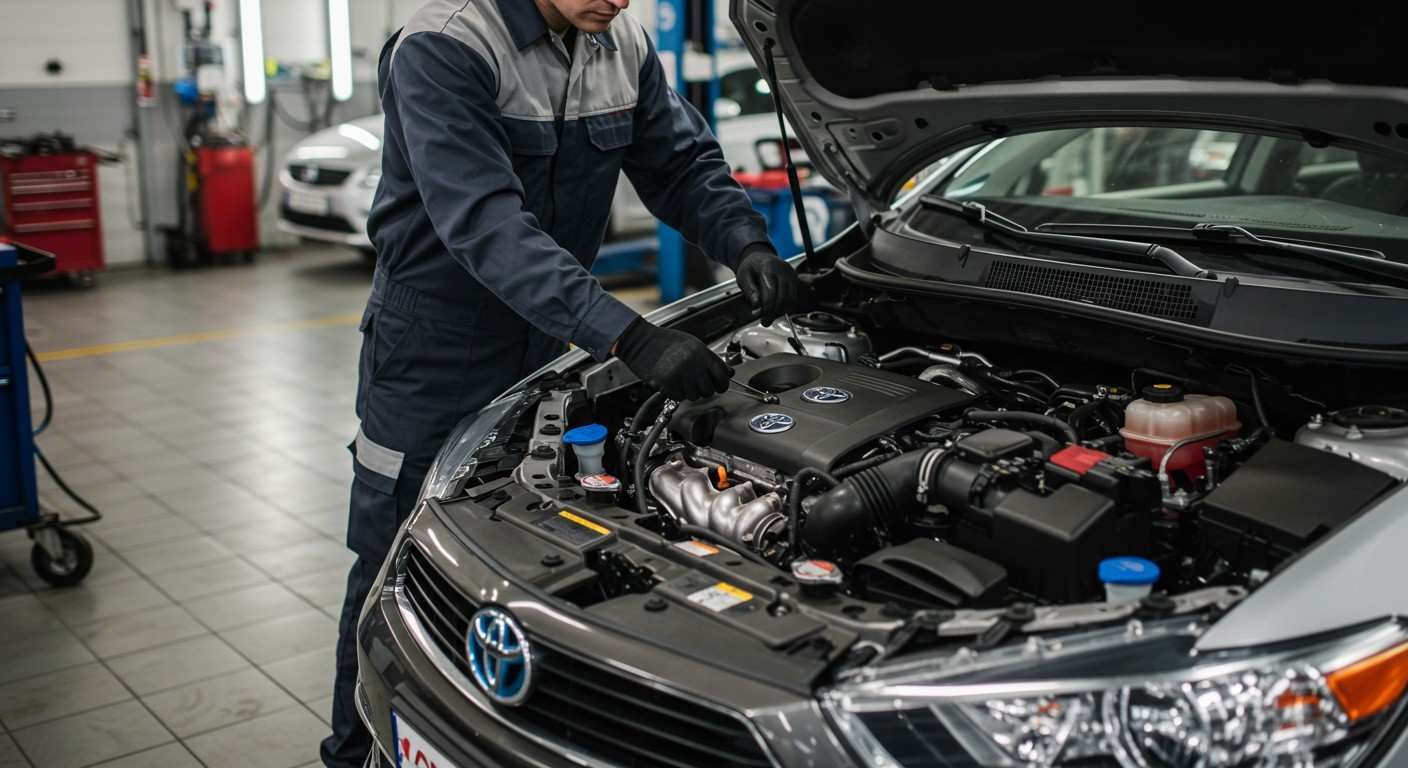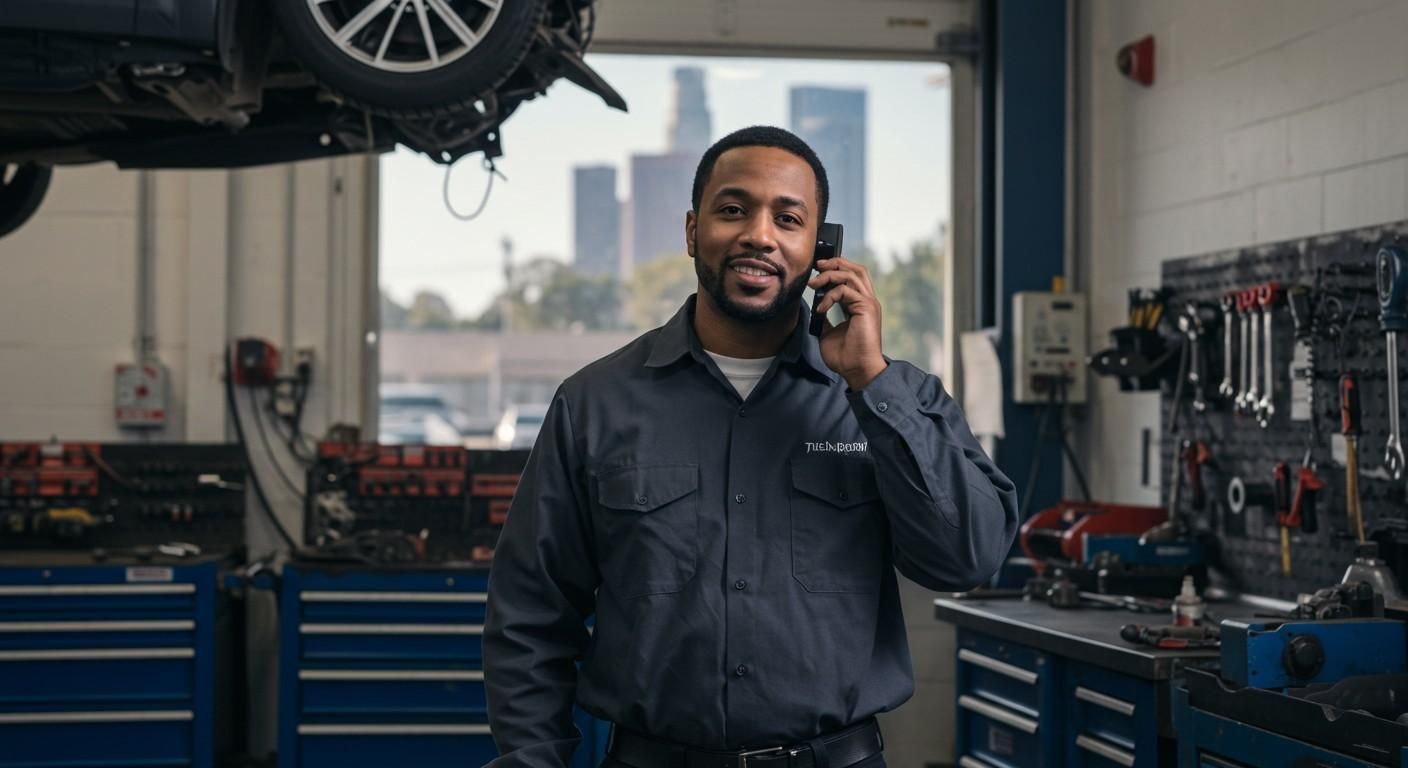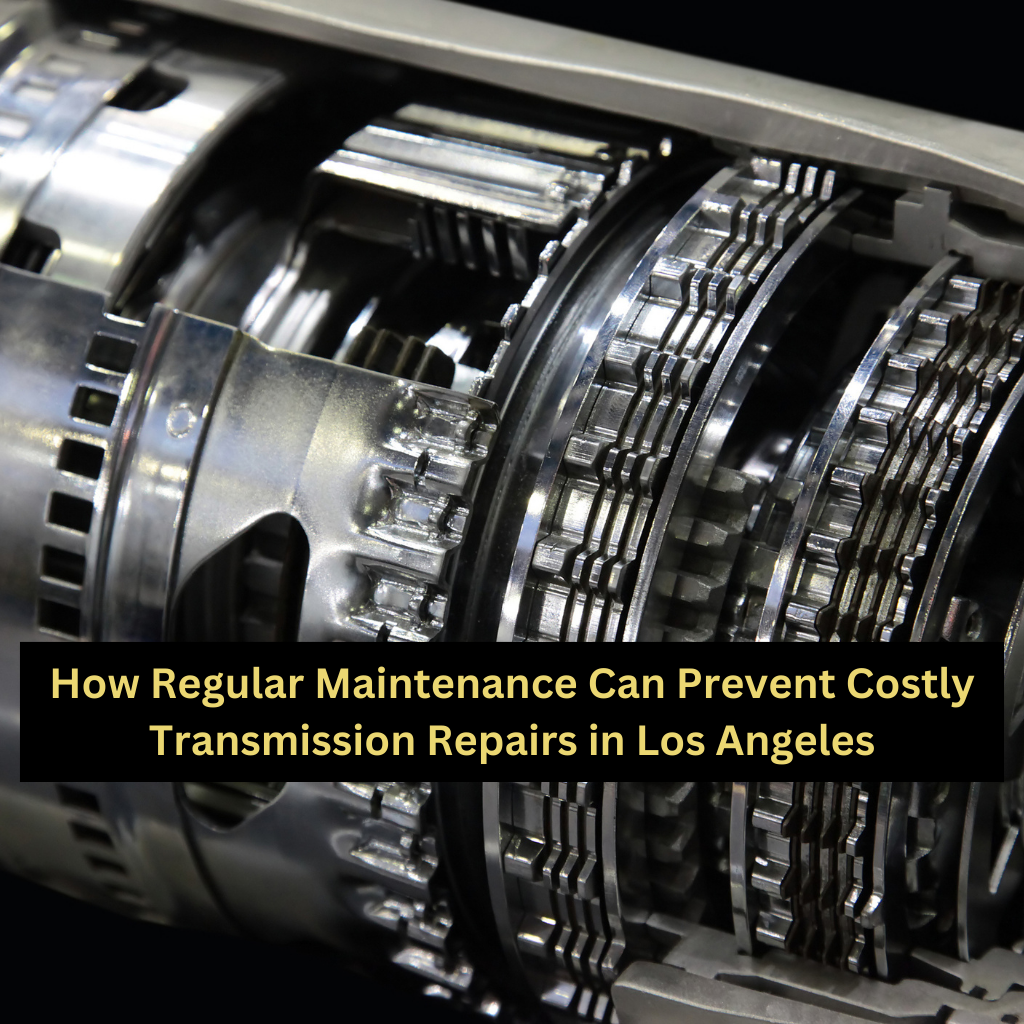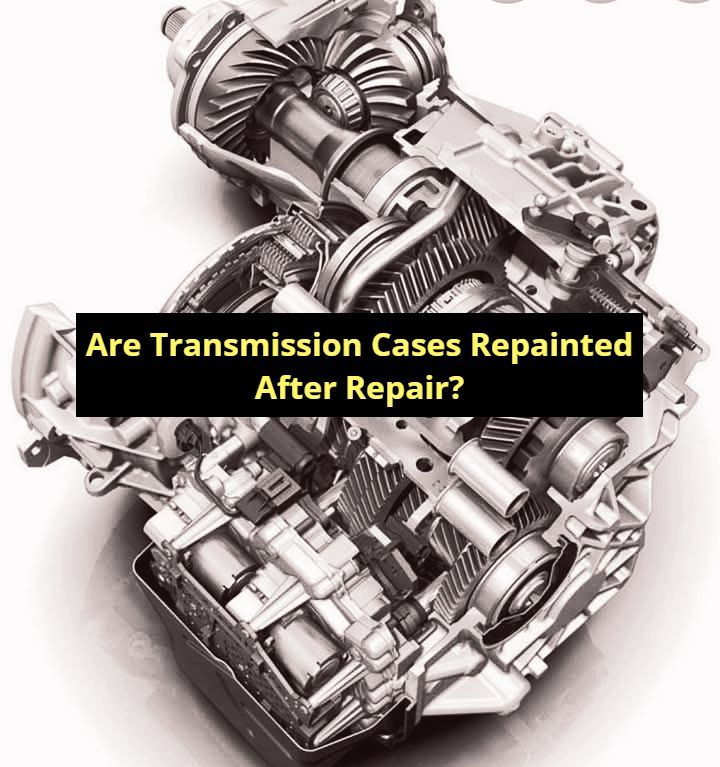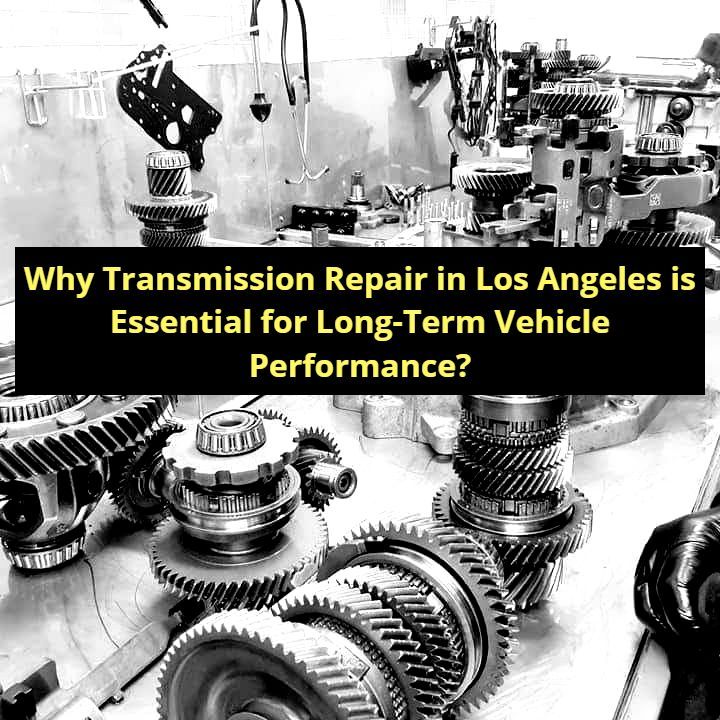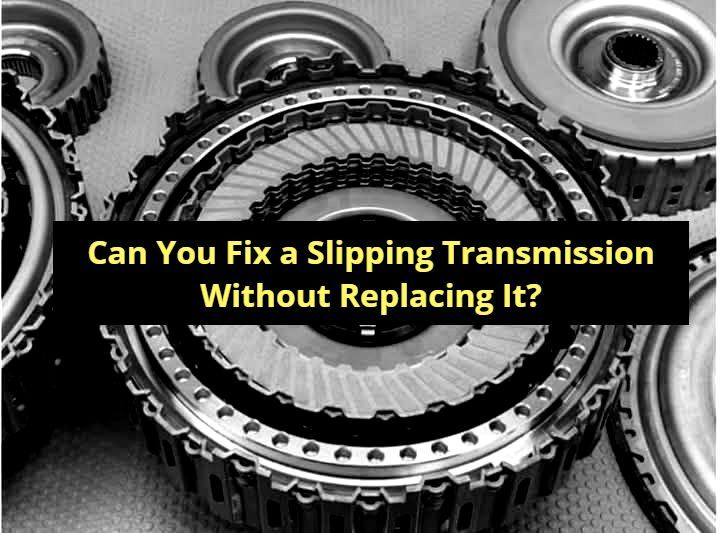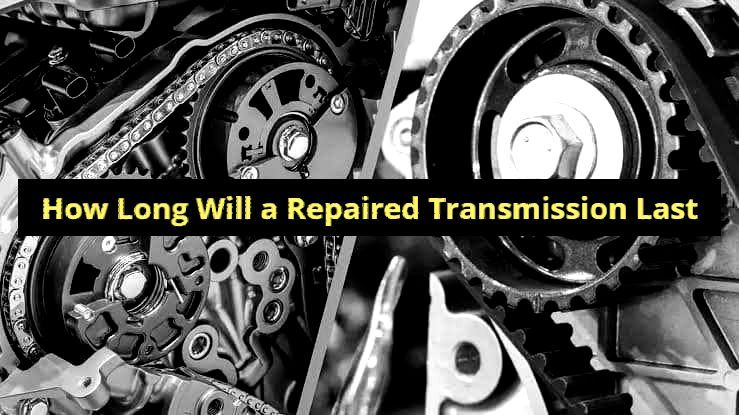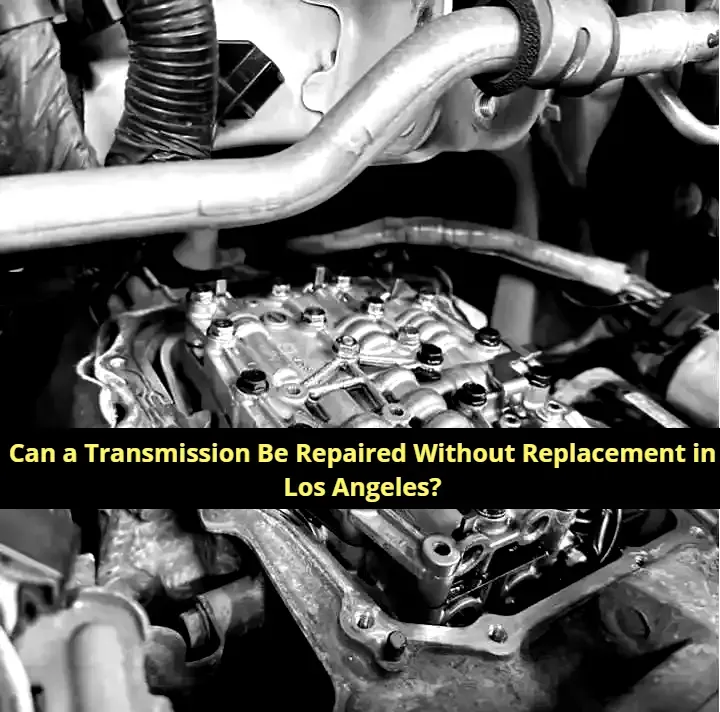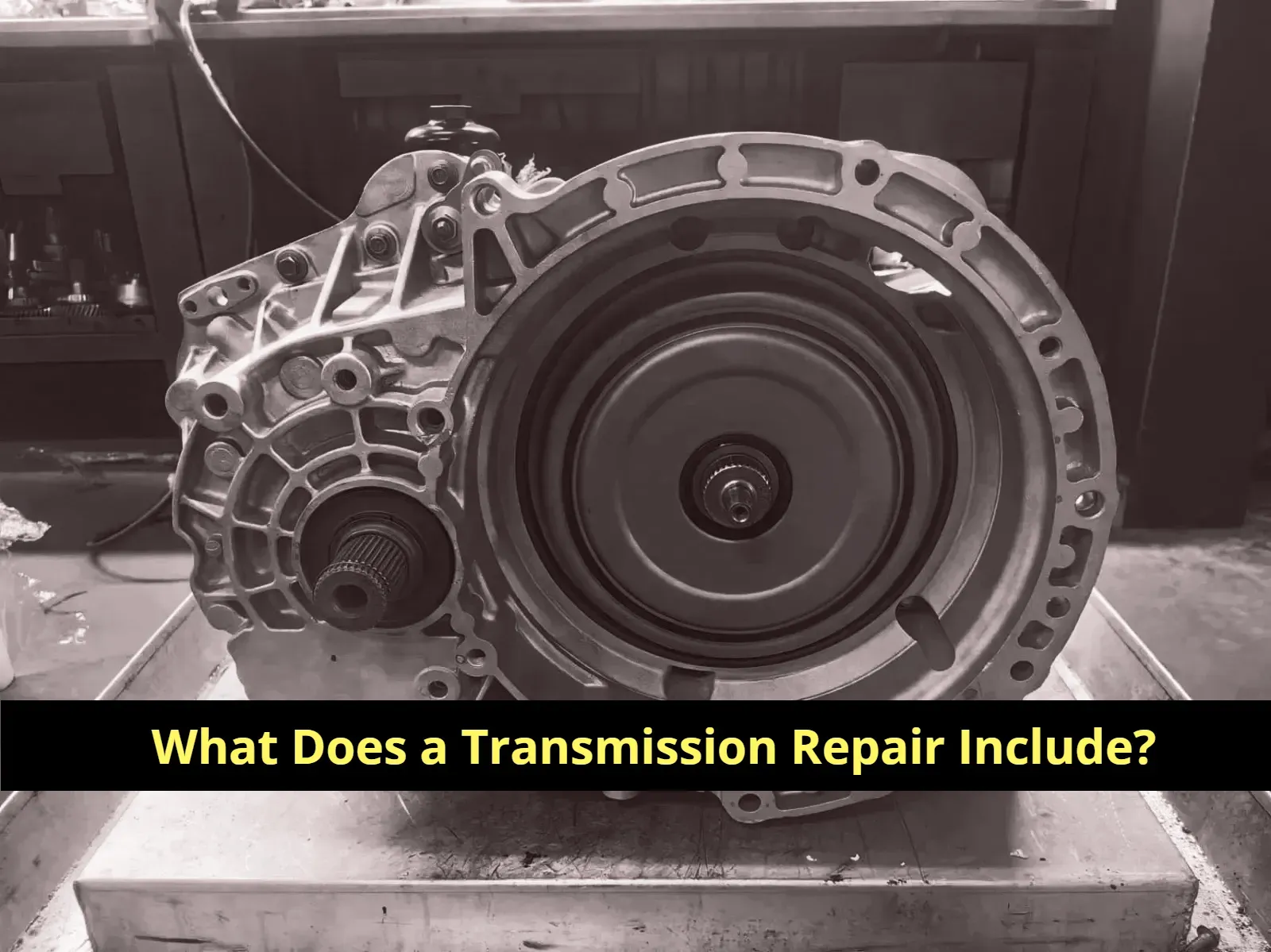555-555-5555
mymail@mailservice.com
How Long Does It Take To Fix A Front Bumper?
Handling the aftermath of a car accident can be difficult, particularly when it comes to repairs.
One common concern is understanding the timeline for fixing damages, particularly the front bumper, which often bears the brunt of collisions.
The pressing question for many is, "How long does it take to fix a front bumper?" Recognizing the urgency to return your vehicle to its pristine condition, we delve into the factors influencing repair times, ensuring you can plan accordingly.
The time to fix a front bumper typically ranges from 1-3 days. However, the exact duration can be extended based on the severity of damage, type of vehicle, and availability of parts, spanning from a few hours to several weeks.
How Long Does It Take To Fix A Front Bumper - A Short Guide
When faced with the task of repairing a front bumper, the timeframe can significantly vary. On average, simple fixes might only take a day or so, especially if it's minor cosmetic damage like scratches or small dents. These can often be swiftly addressed through efficient techniques such as paintless dent repair.
However, for more extensive damage that involves structural integrity or requires bumper replacement, the timeline naturally extends. This duration is influenced by a variety of factors including the vehicle's make and model, the availability of necessary parts, and the specific repair methods employed.
Furthermore, workshop schedules and the intricacies of color matching can add to the timeline, not to mention the potential delays caused by insurance processing. Understanding these aspects is crucial for setting realistic expectations and managing the inconvenience of being without your vehicle.
JC's auto repair shop in Los Angeles understands the importance of the car in your day-to-day life and therefore offers quick repair and maintenance work on cars. We offer quality services in all types of auto repair services including but not limited to car AC repair, brake repair, and transmission repair services.
What Is the Average Time to Fix a Front Bumper?
The question, "How long does it take to fix a front bumper?" is common among vehicle owners after a collision.
The answer, however, is more complex than one might hope. On average, simple repairs can take as little as one day, while more complex damages requiring extensive work might extend to a week or more.
The variability in time is largely due to the specific circumstances surrounding each repair, including the damage's extent and the vehicle's make.
Several factors come into play when determining the timeline for fixing a front bumper. These range from the availability of replacement parts to the specific requirements of the vehicle's make and model.
Understanding these variables can help set realistic expectations for repair times and assist in planning accordingly.
8 Factors Affecting the Time to Fix a Front Bumper
When assessing the time required to fix a front bumper, it's essential to consider various factors that can significantly influence the repair process.
From the nature of the damage to the type of vehicle and the availability of parts, each element plays a crucial role in determining how quickly your vehicle can be returned to its pre-accident condition.
Understanding these factors provides valuable insights into the complexity of auto repairs and helps set realistic expectations for vehicle owners.
Extent of Damage
The extent of damage to a front bumper plays a pivotal role in determining the repair timeline.
Minor issues such as small scratches or dents can often be addressed within a day, thanks to techniques like paintless dent repair (PDR) that are both efficient and cost-effective.
However, when the damage is more severe, involving structural compromise or the need for extensive bodywork, the repair process becomes considerably more complex.
In such cases, not only is the labor more intensive, but the requirement for additional parts and possibly even structural testing can extend the repair timeline significantly. This variability underscores the importance of a thorough assessment before a clear timeline can be established.
Type of Vehicle
The make and model of a vehicle significantly influence the time required for front bumper repairs.
Luxury vehicles and those with unique or proprietary parts often necessitate specialized knowledge and equipment for repairs, which can lead to longer repair times.
Furthermore, the availability of parts for these vehicles can be limited, requiring orders from specific suppliers that may not be immediately accessible.
On the other hand, more common vehicle models benefit from a broader availability of parts and a wider pool of technicians familiar with their construction, allowing for quicker turnaround times on repairs.
Availability of Parts
One of the most critical factors in repair timelines is the availability of necessary parts. For newer, popular vehicle models, parts are generally more accessible, allowing for swift repairs.
However, for older models or vehicles that are less common, finding the right parts can become a significant bottleneck in the repair process.
Delays in parts delivery can extend repair times far beyond the initial estimates, highlighting the importance of parts availability in planning repair timelines.
Type of Bumper Material
The material composition of the bumper directly impacts the repair method and time. Plastic bumpers, which are prevalent in most modern vehicles, offer advantages in terms of repair efficiency and cost.
Techniques for repairing plastic, such as heat reshaping and plastic welding, are generally less time-consuming than those required for metal bumpers.
Metal bumpers, while durable, often require more labor-intensive techniques, including welding and sanding, which can extend the repair timeline.
Repair Method
The decision between repairing a bumper and replacing it can have significant implications for both the cost and duration of the work.
Minor damages are usually quickly addressed through repairs. In contrast, significant damages that compromise the integrity of the bumper often necessitate a complete replacement.
A replacement involves not just the labor of installing the new bumper but also the potential need for painting and alignment, which adds to the overall time required for the repair.
Workshop Schedule
The current workload and scheduling of the repair shop can greatly influence how quickly a front bumper repair can be initiated and completed.
A high demand for services can lead to longer wait times before a vehicle can even be assessed, let alone repaired.
Conversely, a workshop with a lighter schedule may be able to offer more immediate service, reducing the overall time from assessment to completion.
Customization and Color Matching
For vehicles requiring custom paint jobs or specific color matching, the repair process can be lengthened.
Achieving an exact match requires precise mixing and application of paint, often necessitating multiple attempts to ensure a seamless blend with the vehicle's existing color. This meticulous process demands additional time and expertise, extending the repair timeline beyond standard repairs.
Insurance Processing
Finally, the process of filing and settling insurance claims can introduce delays in the commencement of repair work.
The negotiation process between repair shops and insurance providers over coverage details and costs can be protracted.
In some cases, this can delay the start of repairs as both parties work to reach an agreement. This aspect of the repair process highlights the importance of efficient communication and processing of insurance claims to expedite repair timelines.
Stages of Fixing a Front Bumper
Repairing a front bumper involves a detailed process that requires precision, expertise, and patience.
From the initial damage assessment to the final quality checks, each stage is crucial for restoring the vehicle's appearance and functionality.
Understanding the stages involved in fixing a front bumper can help vehicle owners appreciate the complexity and craftsmanship required in auto body repair. This process not only restores the vehicle's aesthetic appeal but also ensures its safety and integrity on the road.
Assessment and Quotation
The first step in repairing a front bumper is a thorough assessment of the damage. This stage determines the repair method, and parts needed, and provides the vehicle owner with a cost estimate and timeline for the repair.
Disassembly of Damaged Parts
Disassembly involves removing the damaged bumper and possibly other affected parts. This step is crucial for assessing hidden damage and preparing for either repair or replacement of the bumper.
Repair or Replacement of the Bumper
Depending on the assessment, the bumper may either be repaired or replaced. Repair techniques vary, from filling and sanding dents to welding broken pieces. Replacement involves installing a new bumper, which may come painted or require painting to match the vehicle.
Painting and Drying
If painting is necessary, this stage involves color matching and applying the paint. Adequate drying time is essential to ensure a high-quality finish, adding to the overall repair time.
Reassembly and Quality Checks
The final stage involves reassembling any removed parts and attaching the repaired or new bumper. Quality checks ensure that the bumper is properly aligned, and all functionality, such as sensors and lights, is restored.
How Much Does It Cost to Fix a Front Bumper?
The cost of fixing a front bumper can vary widely based on several key factors, making it difficult to provide a one-size-fits-all estimate.
Generally, prices can range from a few hundred dollars for minor repairs to several thousand for extensive damages that require full bumper replacement and repainting.
Here’s a breakdown of the main factors that influence repair costs:
- The extent of Damage: Minor repairs such as small dents or scratches are at the lower end of the cost spectrum. In contrast, significant structural damage that necessitates bumper replacement and possibly the repair of underlying components can drive costs much higher.
- Vehicle Make and Model: Luxury and high-end vehicles often have more expensive parts and may require specialized labor, increasing the repair cost. Common models with readily available parts tend to be less expensive to repair.
- Repair Method: Opting for a repair over a replacement where feasible can significantly reduce costs. Techniques like paintless dent repair are more cost-effective than full replacements.
- Painting and Labor Costs:
Custom color matching and high-quality paint jobs add to the expense, as does the labor rate, which varies by location and shop.
Summing Up
In conclusion, the journey to mend a front bumper post-accident is not a one-size-fits-all scenario.
While minor damages might see your vehicle back on the road within a day or three, complex repairs could stretch out for a longer period.
The key lies in the details of the damage, the car's specifications, and external factors such as part availability and insurance processes.
Navigating through this repair journey requires patience and a clear understanding of the involved steps, ensuring your vehicle not only looks its best but also upholds its safety and functionality standards.
JC's Auto Repair Shop Los Angeles
